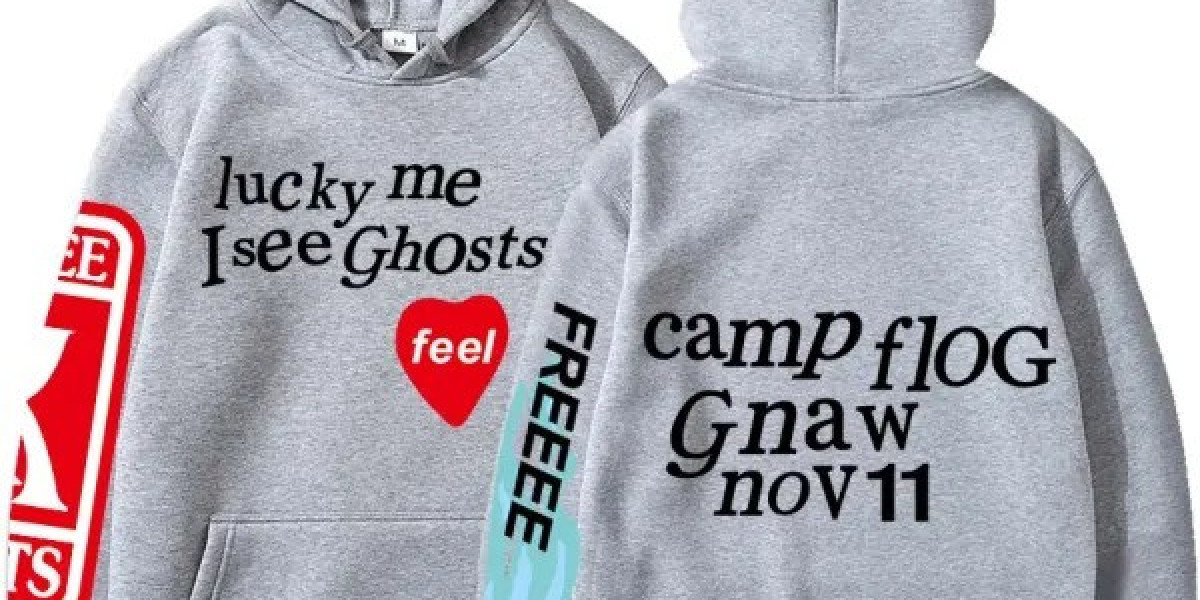West Ham United, one of England's most historic football clubs, has a long and storied history. Over the years, the club has become synonymous with its iconic claret and blue colors, and its kits have evolved from simple, functional garments to highly stylized and sought-after collector's items. From the early days of football to the modern era, West Ham's football shirts represent a unique blend of tradition, identity, and innovation.
This journey through the fashion evolution of West Ham United football shirts highlights how they have changed with the times, while still retaining the essence of the club’s identity.
1. Early Beginnings (1900s-1930s): The Birth of Claret and Blue
West Ham United Football Shirts was formed in 1895 as Thames Ironworks, and their early kits bore no resemblance to the claret and blue we know today. Instead, the team wore dark blue shirts during its formative years. However, the club’s transition to West Ham United in 1900 also marked the adoption of the iconic claret and blue color scheme.
1900-1903: The club’s first claret and blue kit was a simple design: a claret body with blue sleeves, paired with white shorts and socks. This combination was reportedly inspired by Aston Villa, whose directors gifted West Ham a set of kits.
Design Features: These early shirts were incredibly basic by today’s standards, with no logos, sponsors, or intricate detailing. They were woolen garments, designed for practicality rather than style, but they laid the foundation for the club’s future identity.
2. Post-War Period (1940s-1950s): Refinement and Simplicity
The 1940s and 1950s saw little change in West Ham’s kit design. Football kits in this era were still relatively simple, with shirts made from heavier materials that often became cumbersome during wet conditions. However, the club’s claret and blue colors remained a consistent feature, reflecting the growing importance of tradition in football.
Design Evolution: The shirts featured a more refined collar design, often with a buttoned neckline, which added a touch of formality to the kit. The shorts remained white, but the socks saw some variations, including hooped designs in claret and blue during some seasons.
Key Moment: In 1958, West Ham earned promotion to the First Division, wearing a classic claret and blue kit that has become iconic in the club’s history. Players like Bobby Moore and Geoff Hurst would soon elevate the shirt to legendary status.
3. The 1960s: The Bobby Moore Era and Classic Design
The 1960s were a golden era for West Ham United, with the team producing some of the most iconic players in English football history. This period is best remembered for the club’s 1964 FA Cup triumph and 1965 European Cup Winners' Cup victory, both achieved with Bobby Moore as captain.
1964-1965 Home Shirt: The 1964-65 home shirt remains one of the most beloved designs in West Ham history. It featured a claret body with light blue sleeves and a V-neck collar. This simple yet elegant design became iconic, largely due to the club’s successes during this time.
Legacy: The kit is often associated with Bobby Moore, who captained England to their 1966 World Cup win while playing for West Ham. The image of Moore lifting the World Cup while wearing the West Ham shirt in his heart remains a defining moment in football history.
4. 1970s-1980s: The Advent of Modern Football Kits
The 1970s and 1980s brought significant changes to football kit design, as manufacturers began to introduce new fabrics, colors, and patterns. For West Ham, this period saw the transition from traditional woolen shirts to more lightweight materials.
1975 FA Cup Final Shirt: One of the standout kits from this era is the shirt worn during the 1975 FA Cup final. This design featured claret and blue hoops on the sleeves, adding a modern touch to the traditional colors. The Umbro logo also appeared for the first time, marking the beginning of the commercialization of football shirts.
1980 FA Cup Final Shirt: In 1980, West Ham won the FA Cup again, defeating Arsenal. The shirt design remained similar, but by now, the Umbro double diamond logo was a prominent feature on the kit. This era also saw the introduction of shorter shorts and lighter fabrics, a trend that defined football kits of the time.
5. 1990s: The Age of Sponsorship and Bold Designs
The 1990s marked the beginning of a new era for football kits, with shirt sponsorships becoming commonplace and manufacturers experimenting with bolder designs. West Ham's kits from this decade reflect the shift towards a more commercial approach, with more intricate designs and the prominent inclusion of sponsor logos.
1993-95 Dagenham Motors Kit: The Dagenham Motors sponsorship is one of the most memorable features of West Ham kits from the 1990s. The 1993-95 home shirt featured the traditional claret body with blue sleeves, but the addition of Dagenham Motors across the front gave it a more modern look. The kit also incorporated subtle pinstripes and a collared neckline.
1999-2001 Dr. Martens Kit: The end of the 1990s saw West Ham sporting one of their most distinctive kits, sponsored by Dr. Martens. The design featured claret pinstripes on a blue background, with a buttoned collar adding a touch of retro style. This kit is often associated with players like Paolo Di Canio and Rio Ferdinand, who became cult heroes during this period.







